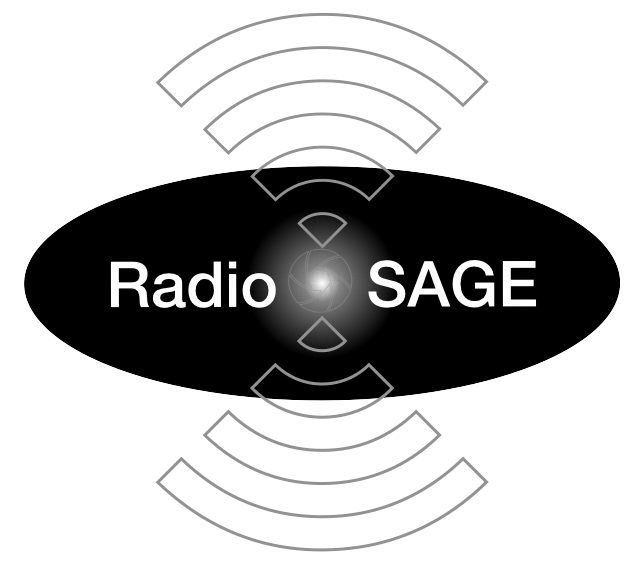Semi-Analytic Galaxy Evolution (SAGE): Model Calibration and Basic Results
This paper describes a new publicly available codebase for modelling galaxy formation in a cosmological context, the "Semi-Analytic Galaxy Evolution" model, or SAGE for short. SAGE is a significant update to that used in Croton et al. (2006) and has been rebuilt to be modular and customisable. The model will run on any N-body simulation whose trees are organised in a supported format and contain a minimum set of basic halo properties. In this work we present the baryonic prescriptions implemented in SAGE to describe the formation and evolution of galaxies, and their calibration for three N-body simulations: Millennium, Bolshoi, and GiggleZ. Updated physics include: gas accretion, ejection due to feedback, and reincorporation via the galactic fountain; a new gas cooling--radio mode active galactic nucleus (AGN) heating cycle; AGN feedback in the quasar mode; a new treatment of gas in satellite galaxies; and galaxy mergers, disruption, and the build-up of intra-cluster stars. Throughout, we show the results of a common default parameterization on each simulation, with a focus on the local galaxy population.
PDF Abstract